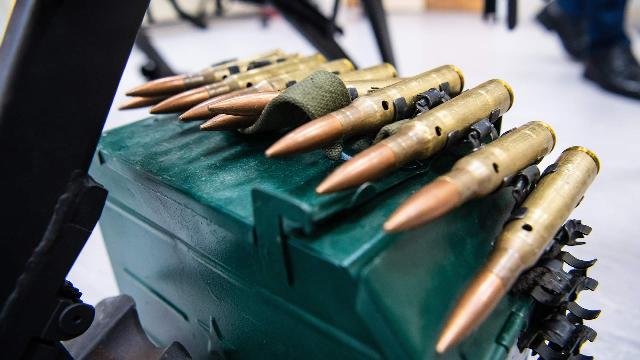The headquarters of the association explained the need for new measures by the intensity of the military-political situation
For the first time, the Collective Security Treaty Organization (CSTO) will introduce new types of weapons into the main documents. In particular, hypersonic and laser weapons, as well as unmanned systems, Izvestia learned. Thus, the countries will coordinate its use against military threats. The cooperation agreement will be reviewed on October 7 in St. Petersburg at a meeting of the commission on defense and security of the CSTO Parliamentary Assembly. The joint headquarters of the organization explained the need for new measures by the intensity of the military-political situation.
Why did the CSTO think about new weapons
The countries of the Collective Security Treaty Organization (which today includes Russia, Belarus, Kazakhstan, Kyrgyzstan, Tajikistan, and Armenia) will jointly counter threats from the use of new types of weapons in military conflicts. We are talking about interstate cooperation in the study, information and its application. The agreement on this is scheduled to be considered on October 7 in St. Petersburg at a meeting of the permanent commission on defense and security of the CSTO Parliamentary Assembly, the head of the commission, Anatoly Vyborny, told Izvestia.
— Now the intelligence and subversive activities of foreign special services, terrorist and extremist communities against Russia and our neighbors in the CSTO have become much more active. It is important for us to closely cooperate and exchange technologies, expertise on the latest types of weapons, and intelligence in order to be one step ahead of the dangers," the parliamentarian explained, stressing that for a successful confrontation, the parliaments of the CSTO member states coordinate their actions together with the competent authorities.
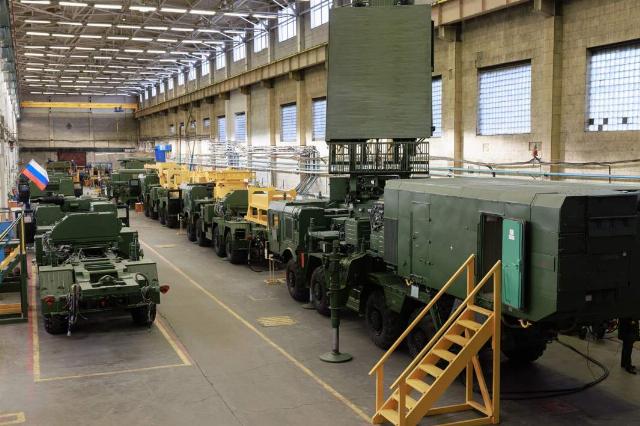
Photo: RIA Novosti/Ministry of Defense of the Russian Federation
Image source: iz.ru
Izvestia has reviewed the latest version of the "Model Agreement on cooperation between CSTO members in the use of new types of weapons and technologies." In the document, the organization's participants confirm their commitment to the generally recognized principles of international law (the UN Charter, the Geneva Conventions, the CIS and CSTO treaties). The agreement pays special attention to the definition of "new types of weapons."
The document notes that they are proposed to be understood as "devices and objects designed to defeat the enemy in an armed struggle, as well as complexes and tools of modern and future achievements of science and technology used as means of warfare, including non-lethal, psychophysical and other effects on the enemy in order to force him to peace."
— The CSTO Joint Staff was directly involved in reviewing and finalizing the agreement, taking into account the experience of conducting joint exercises, as well as modern armed conflicts. The military-political situation in the organization's area of responsibility is becoming increasingly tense," Chief of Staff, Hero of Russia, Colonel—General Andrei Serdyukov explained to Izvestia.
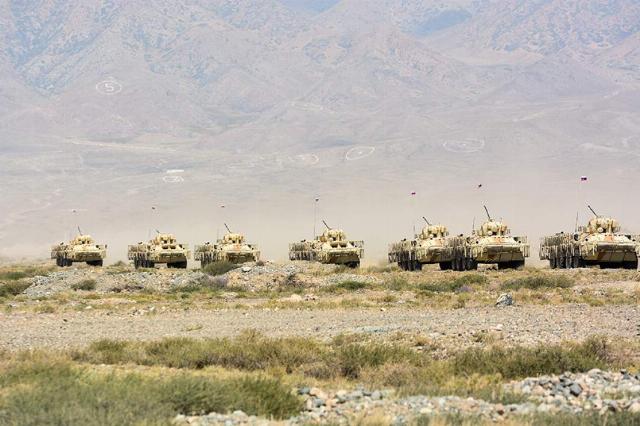
Collective Security Treaty Organization Command and Staff exercises
Image source: Photo: TASS/Vladislav Nogai
According to him, in armed conflicts, including during a special military operation, the warring parties use the most modern types of weapons, military and special equipment, as well as conduct practical tests of their promising designs.
"Under these conditions, the improvement of the regulatory framework of the organization's member states should ensure legal regulation in the field of the use of new types of weapons and technologies, as well as take into account the need to comply with the principles and norms of international humanitarian law," said Andrei Serdyukov.
It is important that the document assumes joint planning and collective interaction in the use of new types of weapons and technologies, as well as joint expertise and information support in their development and use, he stressed.
— The CSTO serves as a key instrument for maintaining stability and ensuring security in the post-Soviet space. The organization forms a trusting dialogue between the participating countries and promotes the establishment of relations between them," Tigran Meloyan, an analyst at the HSE Center for Mediterranean Studies, explained to Izvestia.
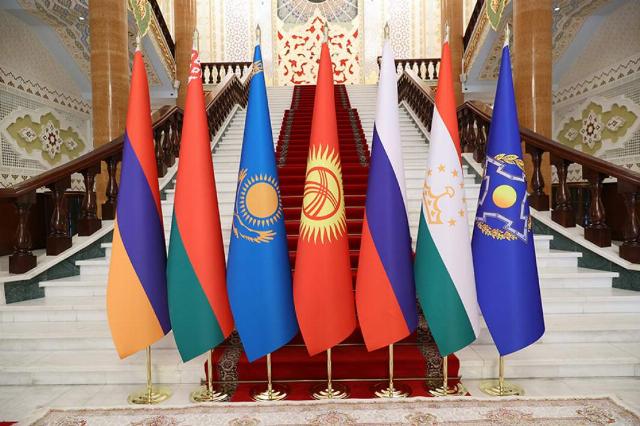
Photo: TASS/Russian Foreign Ministry
Image source: iz.ru
According to him, among the main tasks of the CSTO, it is customary to single out the fight against terrorism, drug trafficking, religious extremism, illegal migration, and measures to respond to man-made and natural emergencies. Peacekeeping activities are also given a prominent place in the organization.
— Since 2020, the number of challenges faced by the CSTO has increased significantly. These include the armed conflict between Armenia and Azerbaijan, mass protests by opposition forces in Belarus, an attempted coup in Kazakhstan, and, finally, threats posed by NATO to the national security of Belarus and Russia. In this sense, the organization is currently facing an urgent issue of its further development, increasing efficiency and capabilities," the expert believes.
According to Tigran Meloyan, given the emergence of new types of weapons and the growing use of new technologies in the military sphere, including artificial intelligence, the question arises about the conditions and rules for their use.
What kind of weapon are we talking about
To date, there are not very many new types of weapons available to the CSTO countries. These are, first of all, hypersonic, laser weapons, as well as unmanned systems, Dmitry Kornev, a military expert and editor of the MilitaryRussia website, told Izvestia.
— Almost all CSTO members are engaged in drones in one form or another. We are talking about drones operating in three environments. These include aerial (flying) drones, including FPV drones, which are quite simple and can be produced almost artisanal, without requiring high technology. Russia, Belarus and Kazakhstan are engaged in larger aerial drones than FPVS," the expert explained.
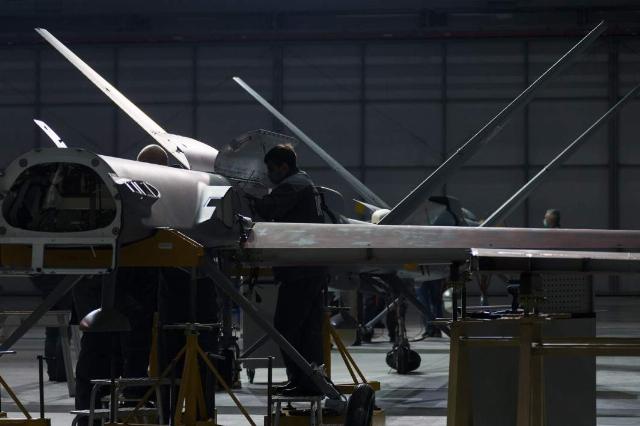
Photo: RIA Novosti/Vadim Savitsky
Image Source: iz.ru
According to him, only the Russian Federation has unmanned sea boats and underwater vehicles, although Kazakhstan may also have them, since it has access to the Caspian Sea. Almost all members of the association are also engaged in land-based (robotic platforms) drones, which are part of various land-based weapons systems. The expert noted that this is not a very complex and not the most technologically intensive development.
Laser systems are primarily needed now to combat drones, and only two CSTO member countries, Russia and Belarus, are engaged in them, Dmitry Kornev added. At the recently completed Zapad-2025 exercises, Belarusian engineers demonstrated the Saffron laser system. It is designed to destroy hovering drones, low-flying aircraft-type unmanned aerial vehicles and can seriously complement military air defense or air defense facilities.
"Russia occupies a leading position in hypersonic systems, but work is also underway in Belarus on missile systems that could potentially become carriers of hypersonic combat missiles, in particular, the Polonaise," he believes.
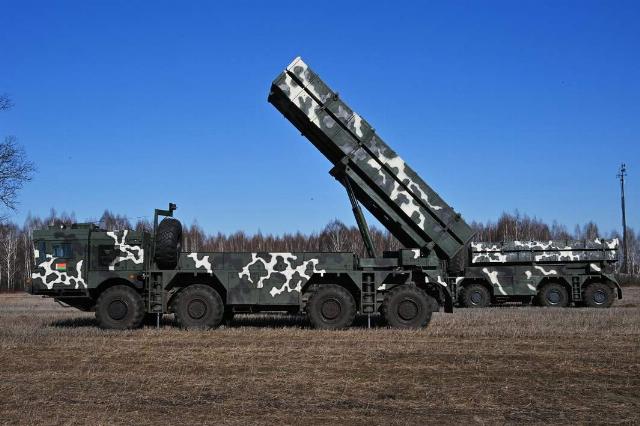
Multiple launch rocket systems (MLRS) V-200 "Polonaise"
Image source: Photo: RIA Novosti/Victor Tolochko
The expert also noted that the Russian Federation has a Kinzhal hypersonic missile system with a MIG-31K carrier aircraft and an Oreshnik missile system. As for the rest of the countries, if hypersonic weapons appear there, it will be more likely at the level of simply adopting samples of foreign military equipment. Including, possibly, Russian production, Dmitry Kornev concluded.
How will the new agreement help combat threats
The need to develop this document is due to a number of factors, the professor of the Department of Constitutional (State) and International Law at the Military University noted in a conversation with Izvestia. Prince Alexander Nevsky of the Ministry of Defense, the developer of the document is Natella Sinyaeva.
— This is also the lack of systemic legal regulation in the CSTO member states in the field of the use of new types of weapons and technologies. And the expansion of the range of threats to national and collective security, changing their nature and intensity. In this regard, the danger level of the consequences of the use of such weapons increases both for the participating States and for society. Therefore, the document at the interstate level should set uniform rules for peacetime and wartime," she explained.
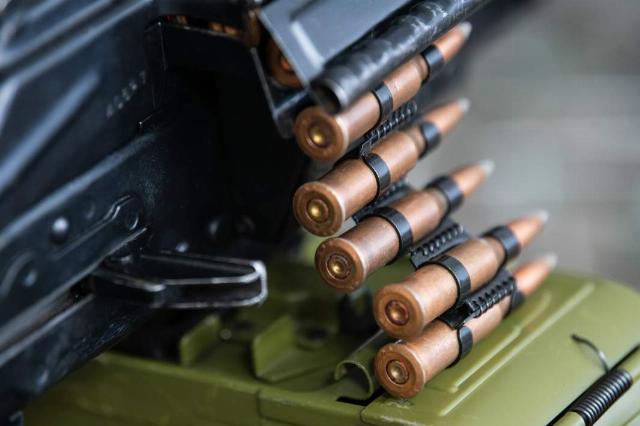
Photo: Global Look Press/Ilya Moskovets
Image source: iz.ru
At the same time, it is very difficult to list and define the range of weapons characterized as new today, since it is impossible to look into the future and predict the achievements of science and technology in a very rapidly changing world, the expert noted.
— Familiar household devices, such as remote-controlled elements of a smart home, can also become weapons. These are classic dual-use items: users may not even guess about the "second" purpose of their kettle or microwave oven. The hidden functions of peaceful objects exist, which means they can be used. What yesterday was a consumer platform for aerial photography or a "child's toy" is now turning into a weapon carrier: massive civilian UAVs (drones, copters) are being retrofitted to deliver ammunition and conduct reconnaissance, Natella Sinyaeva explained.
The development of new weapons systems implies the need to mention them in regulations both at the national level and within the framework of military alliances, said Oleg Karpovich, vice-rector of the Diplomatic Academy of the Russian Foreign Ministry.
— We are only at the very beginning of a revolution in military affairs, and this is due not only to its own, but also to the rapid development of technologies, in particular, artificial intelligence. Of course, all this requires codification, especially since the CSTO has big plans. And there is an extremely significant potential, contrary to the propaganda voiced by our opponents. And it is the CSTO that will have to play a crucial role in building a new architecture of unified and indivisible security in Eurasia," he explained to Izvestia.

Photo: IZVESTIA/Sergey Lantyukhov
Image source: iz.ru
Vadim Koroshchupov, a military expert and a junior researcher at the IMEMO of the Russian Academy of Sciences, agrees with this opinion.
— There is an active development of military technologies now, some write about the revolution in military affairs. For example, universal drones are being created that can perform various functions, from reconnaissance to barrage ammunition. The emergence of new types of weapons should be fixed in strategic documents," he said.
According to him, the current nuclear weapons agreements do not take into account, for example, drones and anti-drone systems. But if in the future these weapons will be included in international treaties, then it is necessary to implement them in the documents now, the expert concluded.
Natalia Bashlykova
Kirill Fenin
Roman Kretsul
